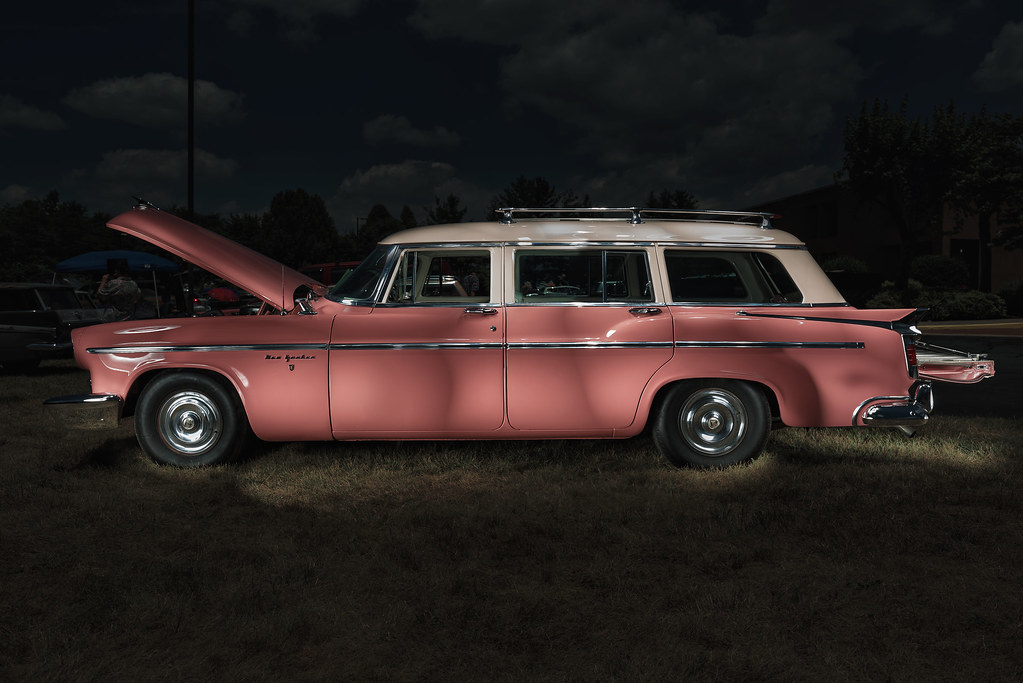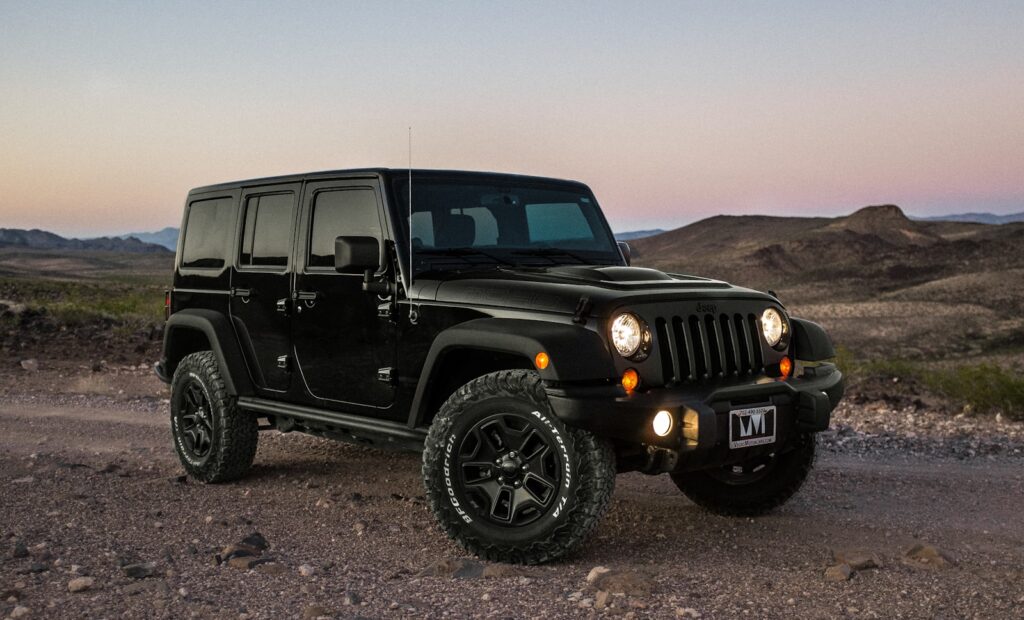
The automotive industry, a realm of constant innovation and engineering marvels, has always pushed the boundaries of what’s possible on four wheels. Among the most transformative advancements, the advent of front-wheel drive (FWD) stands out as a true game-changer, fundamentally altering vehicle design, performance, and efficiency. While many associate FWD with modern compact cars, its roots stretch back over a century, marked by audacious experiments and groundbreaking pioneers who dared to challenge the status quo of rear-wheel drive.
In the annals of American automotive history, few vehicles embody this pioneering spirit quite like the fabled Ruxton. A car that almost faded into obscurity, its recent comeback, prominently featured on Jay Leno’s Garage, serves as a powerful reminder of a time when engineers were actively reimagining the very mechanics of how a car should move. It was a bold declaration in an era dominated by traditional rear-wheel-drive layouts, hinting at a future that would eventually become the industry standard for countless vehicles worldwide.
This journey into the past will uncover the fascinating story of FWD, starting with America’s own audacious entrant, the Ruxton, and tracing the global lineage of this revolutionary technology. We’ll explore the early, often overlooked, experiments, the brilliant minds behind them, and the critical innovations that slowly but surely propelled front-wheel drive from a radical concept to a widespread automotive reality, forever changing the way we design and drive cars, and setting the stage for the vehicles we rely on today.
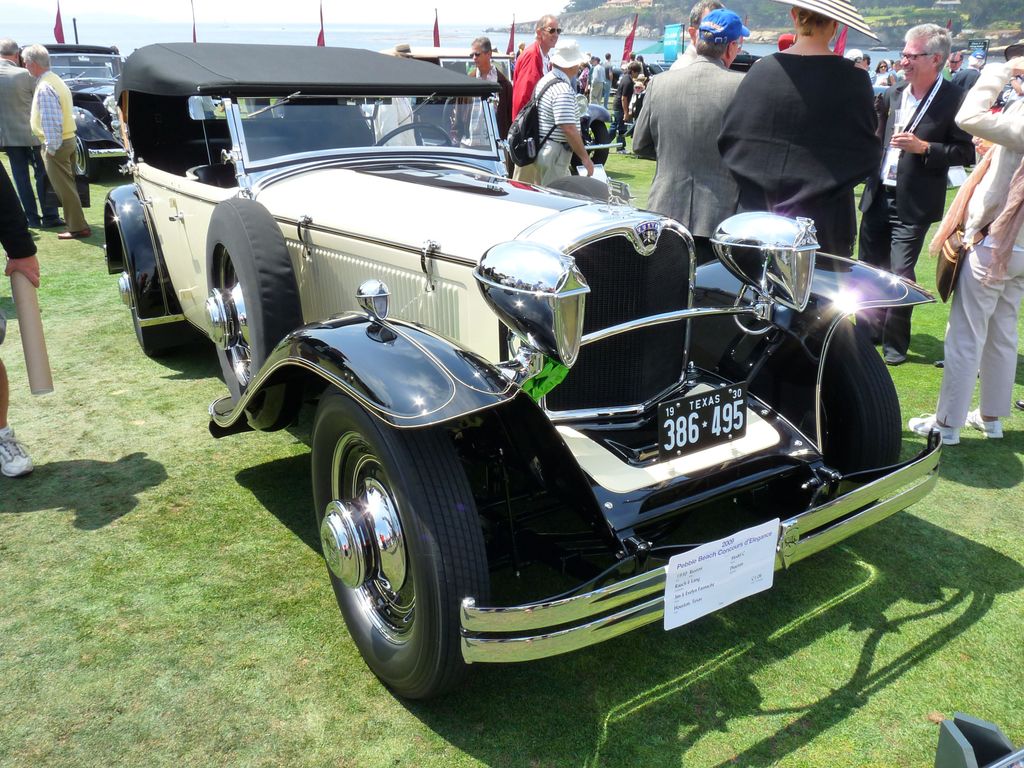
1. **The Ruxton’s Legacy: America’s Pioneering FWD Car**
The 1930 Ruxton holds a unique and indelible place in American automotive history, celebrated as the country’s very first front-wheel drive production car available to the public. Its existence, especially the survival of driveable examples, is a testament to the ingenuity and daring of its creators in an automotive landscape largely committed to traditional rear-wheel drive. The car’s recent resurgence, prominently featured on Jay Leno’s Garage, brings this piece of engineering heritage back into the spotlight.
The sheer rarity of the Ruxton underscores its historical importance and the challenging circumstances of its birth. Built for just a single year, from 1929 to 1930, its brief production run unfortunately coincided with the onset of the Great Depression. This economic period stifled many ambitious ventures, making success for novel concepts like the Ruxton particularly difficult, despite its forward-thinking design.
With fewer than 20 examples known to exist as of 2025, and only a handful still capable of traversing public roads, each surviving Ruxton is a priceless artifact. This particular restored Ruxton, a highlight of the esteemed Nethercutt Collection, was once “in a very rough state” but has been returned to its former glory through a comprehensive and “very in-depth” restoration. Its revival preserves a significant piece of history, allowing modern audiences to appreciate the vision behind America’s first true front-wheel-drive car, a genuine “potential game changer” for its time.
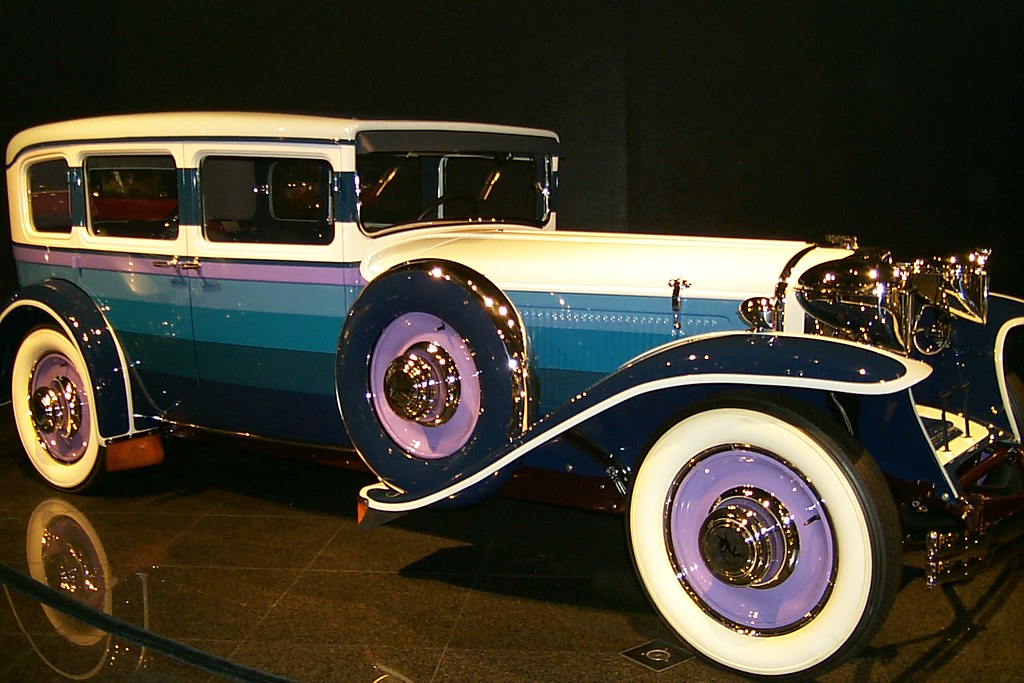
2. **A Glimpse into the Ruxton’s Distinctive Engineering and Design**
Beyond its groundbreaking front-wheel drive system, the Ruxton was a marvel of design and engineering, incorporating features that distinctly set it apart. One of its most visually striking and “notable features” was its “wood headlights,” a detail speaking to the bespoke craftsmanship of the era. These functional components underwent meticulous restoration, much like the luxurious and period-appropriate “silk corduroy seats” inside the cabin.
The adoption of a front-engine, front-wheel drive layout brought a significant practical advantage: it allowed the car to sit “lower to the ground” than many conventional designs. This lower stance was not merely aesthetic; it translated directly into improved accessibility, making it “much easier to get in and out of” the vehicle. The Ruxton’s sleek, lower profile and the complete “lack of running boards” further emphasized its modern, user-friendly design.
Underneath its distinctive bodywork, the Ruxton was propelled by a robust “Continental flathead inline-eight engine,” which provided “enough power for up to 50mph.” This represented a respectable level of performance for its era, demonstrating the viability of the FWD concept for everyday use. Despite its forward-thinking platform, Jay Leno candidly observes that while it’s a “stunning-looking car,” it’s “one that Jay Leno says you would rather look at than get behind the wheel of,” hinting at the early complexities of pioneering automotive technologies.

3. **The Dawn of Front-Wheel Drive: Early Experiments Pre-1900**
The concept of driving a vehicle from the front wheels isn’t a modern invention; its genesis can be traced back to the very earliest days of self-propelled locomotion. Nicholas Cugnot’s “fardier à vapeur” from 1769/1770, often cited as the world’s first self-propelled vehicle, was, in fact, a “front-wheel-driven three-wheeled steam-tractor.” This remarkable machine laid the foundational conceptual groundwork, demonstrating that propulsion from the front was indeed feasible, even with rudimentary steam power.
As the 19th century drew to a close, and mobile internal combustion engines began to gain traction, more direct experiments with front-wheel drive cars emerged. Sometime between 1895 and 1898, the Austrian Gräf brothers commissioned technician Josef Kainz to construct a “voiturette” featuring a “one-cylinder De Dion-Bouton engine fitted in the front of the vehicle, powering the front axle.” This vehicle is often regarded as “possibly the world’s first front-wheel-drive automobile,” though it remained a single prototype.
The global curiosity for FWD wasn’t limited to Europe. In 1898, France saw Latil devise a “front-wheel-drive system for motorising horse-drawn carts,” showcasing an early practical adaptation. A year later, in 1899, Australian inventor Henry Sutton designed and built “The Sutton Autocar,” a vehicle that “may have been the first front-wheel-drive car in the world.” Despite prototypes being built, its “prohibitive” cost prevented it from competing successfully with more affordable imported alternatives.

4. **The Victoria Combination (1898-1901): An Early Articulated FWD Success**
Among the very early front-wheel drive concepts that progressed beyond a mere prototype to see limited production, the French manufacturer Société Parisienne’s “Victoria Combination” stands out. Patented between 1898–99, this innovative articulated vehicle concept cleverly combined a lightweight, two-seater trailer with the “rear axle and drive mechanism from a motor tricycle” placed at the front to achieve its unique front-wheel drive system. Its alternative name, the Eureka, captured the sense of discovery and engineering ingenuity it embodied.
The Victoria Combination offered a choice of powerplants, starting with either a “1.75 or 2.5 horsepower (1.30 or 1.86 kW) De Dion-Bouton engine” or a more powerful “water-cooled 3.5 horsepower (2.6 kW) Aster engine.” Crucially, the engine was “mounted on the front axle and so was rotated by the tiller steering,” a design that directly integrated propulsion and steering in a novel way that was revolutionary for its era.
Despite its modest power, the Victoria Combination proved its practical capabilities in early motoring events. By 1899, these pioneering FWD vehicles were participating in races like the “371 km (231 mi) Paris–St Malo race.” Later that year, one notably “won its class in the Paris-Rambouillet-Paris event,” covering 100 kilometers at an average speed of “26 km/h (16 mph).” Its endurance was further demonstrated in 1900, completing “240 kilometres (150 mi) non-stop at 29 km/h (18 mph).” With “over 400 units” sold for approximately “3,000 Francs (circa $600) each,” it was an early commercial success for front-wheel drive.
Car Model Information: 2023 Audi Q5 45 S line quattro Premium
Name: Société Parisienne
Logo: Société Parisienne 1890s logo 2.xcf
LogoCaption: Société Parisienne logo, 1890s
Type: Privately held company
Foundation: Paris, 1876
Founder: M. Reynard, M. Couturier
Defunct: 1903
LocationCity: Paris
LocationCountry: France
Industry: Bicycle and Automobile manufacturing
Categories: 1876 establishments in France, 1890s cars, Articles with short description, Car manufacturers of France, Commons category link from Wikidata
Get more information about: Société Parisienne
Buying a high-performing used car >>>
Brand: Société Parisienne Model: Victoria Combination
Price: $27,499 Mileage: 45,786 mi.
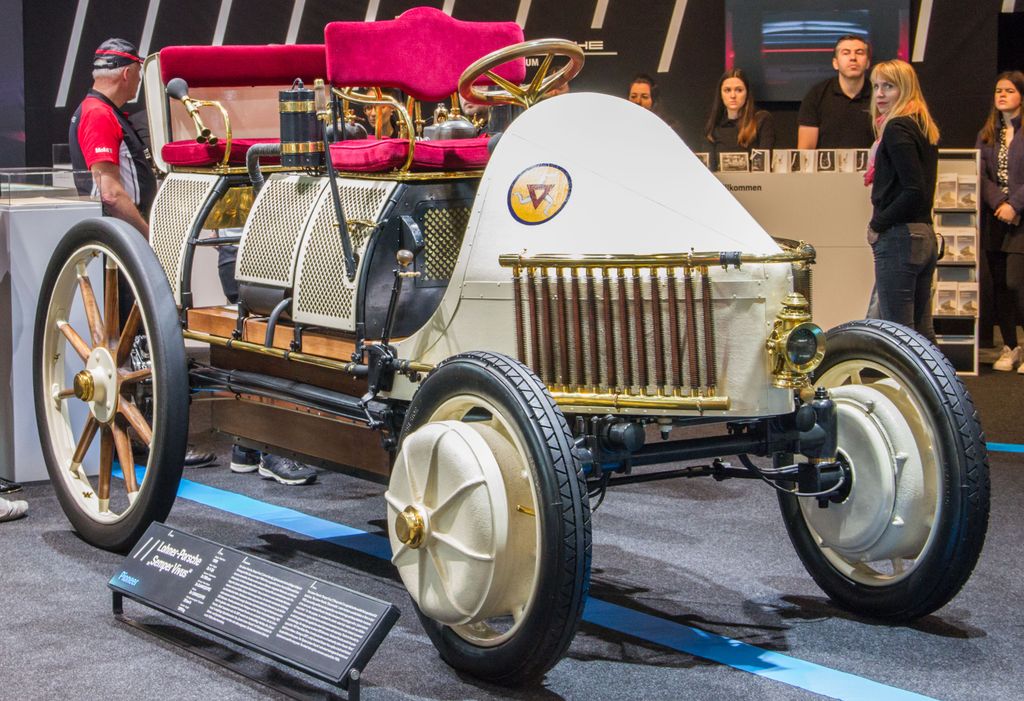
5. **Lohner-Porsche and Christie’s Visionary FWD Pursuits (Early 1900s)**
The early 20th century was a period of intense experimentation in automotive design, with several bold individual inventors pushing the envelope of front-wheel drive. Ferdinand Porsche, a name later synonymous with automotive excellence, developed the “Lohner–Porsche of 1897” while working for Lohner-Werke. This concept was truly distinct, featuring “an electric motor in each front wheel,” a direct drive system that remarkably foreshadowed future electric vehicle designs and showcased extraordinary foresight. Porsche himself even “raced it in 1897,” proving the immediate viability of his innovative design.
Across the Atlantic, American inventor J. Walter Christie became a staunch advocate for front-wheel drive technology. He patented his own design, building his “first prototype… in 1904.” Christie actively “promoted and demonstrated several such vehicles,” frequently showcasing designs with “transversely mounted engines.” He rigorously tested his designs by racing them at various speedways across the United States, competing in significant events like the “1906 Vanderbilt Cup” and even the “French Grand Prix.”
While Christie’s aggressive racing efforts certainly showcased the potential of FWD, his subsequent commercial ventures faced significant hurdles. In 1912, he “began manufacturing a line of wheeled fire engine tractors which used his front-wheel-drive system,” aiming to apply the technology to heavy-duty applications. However, despite the innovative nature of the technology, this venture ultimately “failed due to lack of sales,” illustrating how brilliant engineering does not always immediately translate into widespread market success.
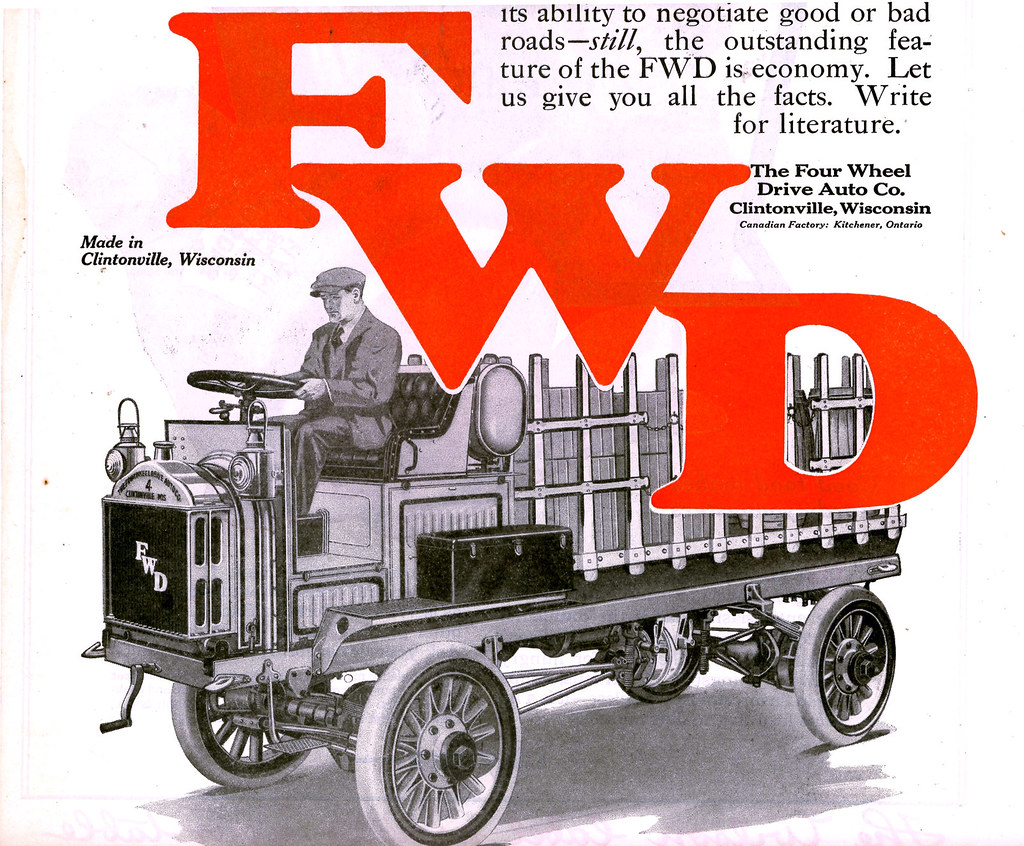
6. **The Racing Arena’s Influence on FWD: Alvis and Miller (1920s)**
The crucible of motor racing has historically served as an intense proving ground for automotive innovations, and front-wheel drive was no exception during the dynamic 1920s. One of the most significant early applications of FWD in a competitive setting was seen in the “supercharged Alvis 12/50 racing car,” meticulously designed by George Thomas Smith-Clarke and William M. Dunn of Alvis Cars in the United Kingdom. This potent vehicle made its competitive debut at the “1925 Kop Hill Climb,” signaling a serious commitment to exploring the FWD concept on the track.
Simultaneously in the United States, Harry Arminius Miller, a renowned engineer from Menomonie, Wisconsin, contributed another landmark FWD racing machine. Miller designed the “Miller 122 front-wheel drive race-car,” which was entered into the prestigious “1925 Indianapolis 500” race, held at the iconic Indianapolis Motor Speedway. These concurrent racing endeavors by both Alvis and Miller provided crucial real-world data and demonstrated that front-wheel drive could indeed offer significant performance advantages, particularly in terms of predictable handling and optimized weight distribution for competitive motorsport.
However, despite these promising high-profile racing applications, the widespread adoption of front-wheel drive for mainstream production automobiles “languished outside the motor racing arena.” Few manufacturers were willing to take the substantial commercial risk required to mass-produce such a novel layout. Although Alvis Cars courageously introduced a “commercial model of the front-wheel drive 12/50 racer in 1928,” hoping to capitalize on its racing success, it ultimately “was not a success” in the broader consumer market. This period illustrates the persistent challenge of translating specialized racing technology into a viable, mass-market product.
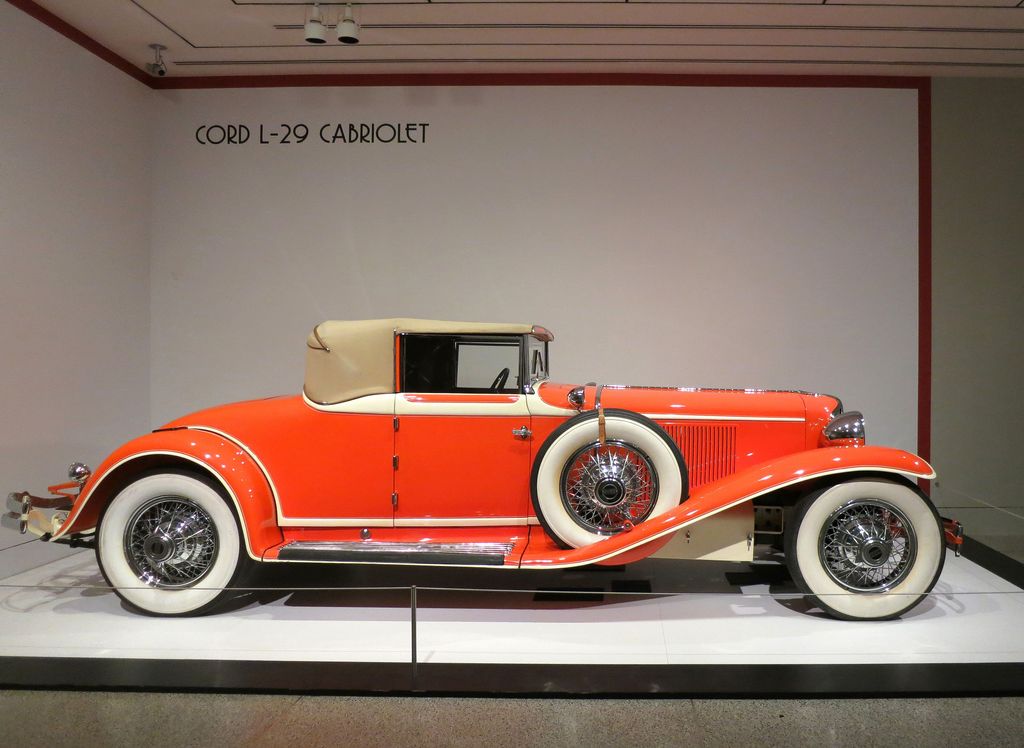
7. **The Cord L-29: America’s First FWD Production Car and Constant-Velocity Joint Pioneer**
While the Ruxton was among America’s early FWD cars offered to the public, the Cord L-29, launched in 1929, holds the distinction of being “the first American front-wheel-drive car to be offered to the public,” preceding the Ruxton by a few crucial months. This groundbreaking vehicle was a direct descendant of advanced racing innovation, specifically “copying from the Indianapolis 500-dominating racers.” It adopted a sophisticated “de Dion layout and inboard brakes,” design elements proven in the demanding environment of professional motorsport.
The Cord L-29 wasn’t just America’s first widely available FWD production car; it also made a truly global technological leap. Built in Auburn, Indiana, it holds the distinction of being “the first ever front-wheel drive production car to use constant-velocity joints” (CV joints). These “very specific components allow a drive shaft to smoothly transmit power through a variable angle, at constant rotational speed,” providing much smoother, more efficient, and more reliable power delivery to the steered front wheels than traditional universal joints. This pioneering integration of CV joints would become a fundamental cornerstone of virtually “every front-wheel-drive car.”
Despite its hallmark innovation with CV joints and competitive pricing against other luxury alternatives, the Cord L-29, much like the equally ambitious Ruxton, struggled for widespread commercial success. Buyers were “expecting more than the car’s 80 mph (130 km/h) top speed,” and the severe economic downturn caused by “the Great Depression” further dampened sales. By 1932, having sold “just 4,400” units, the Cord L-29 was regrettably discontinued, standing as a poignant example of how revolutionary technology can struggle against market conditions, though its contribution to FWD development was profound.

8. **The Thirties Revolution: FWD Takes Hold in Europe (1930-1945)**
The decade of the 1930s marked a crucial turning point for front-wheel drive, as several European manufacturers began to successfully integrate the technology into production models for the consumer market. A notable early entrant was the BSA (Birmingham Small Arms Company), which in 1929 introduced its unique front-wheel-drive BSA three-wheeler. This innovative vehicle, available in both sports and touring models, continued production until 1936, showcasing the viability of FWD for practical use.
Germany, in particular, became a hotbed of FWD innovation during this period. In 1931, the DKW F1 made its debut, featuring a transverse-mounted engine positioned behind the front axle – a design that would influence German automotive engineering for the next three decades. Following DKW, Adler launched its Trumpf Junior in 1932, which achieved remarkable commercial success, selling over 100,000 units by 1939. Other German car producers like Stoewer and Audi also introduced FWD cars in the early 1930s, cementing the technology’s presence in the European market.
Perhaps the most iconic and successful FWD car of this era was the Citroën Traction Avant, introduced in France in 1934. Its very name, meaning “front-wheel drive,” highlighted its breakthrough innovation. The Traction Avant models were immensely popular, selling in the hundreds of thousands over their production run, proving FWD’s reliability and widespread appeal. While the Cord 810/812 in the U.S. also utilized FWD in the late 1930s, featuring a unique engine-behind-transmission layout, it was the European manufacturers who truly brought front-wheel drive into the mainstream before World War II temporarily halted much of automotive development.
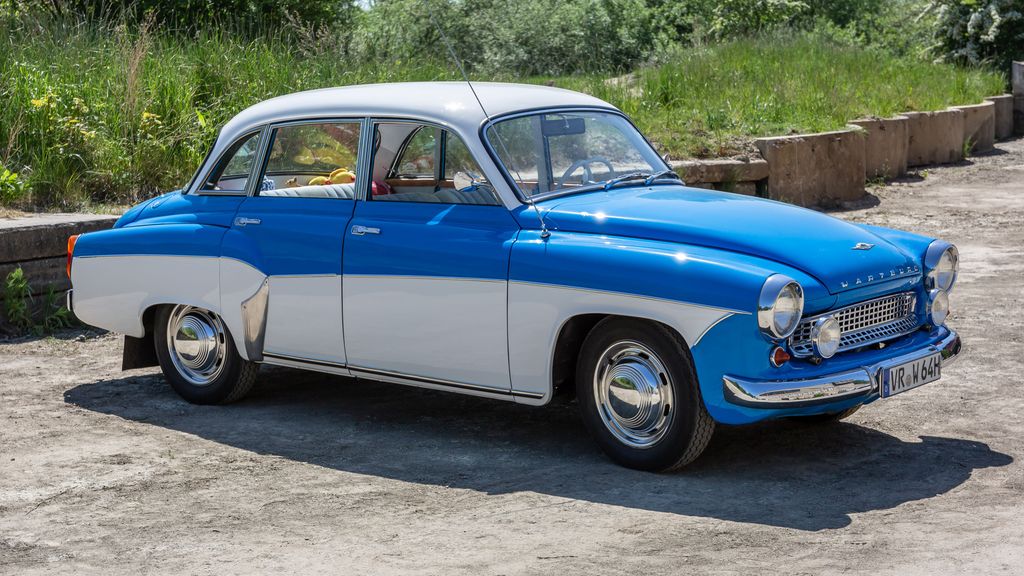
9. **Post-War Revival and Global Expansion (1945-1960)**
Following the global conflict, front-wheel drive experienced a significant resurgence and began its expansion across diverse markets, particularly in Europe. Citroën, having maintained its FWD commitment with the Traction Avant, continued to lead the charge, introducing the air-cooled, lightweight aluminum flat-twin engine 2CV in 1948, with its engine mounted ahead of the front wheels. This was followed by the groundbreaking DS model in 1955, showcasing a mid-engine FWD layout and reinforcing Citroën’s dedication to the technology.
Beyond France, other European nations embraced FWD. Panhard of France, DKW of Germany, and Saab of Sweden became proponents, with Saab introducing its first exclusively front-wheel-drive car, the Saab 92, in 1948. In East Germany, pre-war DKW models reappeared as the IFA F8 and F9 in 1949, and later evolved into distinct FWD vehicles like the AWZ P70, Wartburg 311, and the iconic Trabant by 1958. West German manufacturers also re-entered the FWD scene in the early 1950s with DKW, Borgward (under the Goliath and Lloyd brands), and Gutbrod offering FWD cars.
This period also saw early Japanese and Polish entries into the FWD landscape. In 1955, Suzuki introduced the Suzulight, a small kei car, with a transversely installed engine and front-wheel drive. That same year, the Polish producer FSO in Warsaw unveiled its front-wheel-driven Syrena, showcasing an original design. These global developments, coupled with early Italian experiments like Antonio Fassia’s Cemsa Caproni F11 and Alfa Romeo’s experimental “33” compact car, demonstrated a growing international recognition of FWD’s potential for efficient, space-saving vehicle design, laying the groundwork for its eventual dominance.
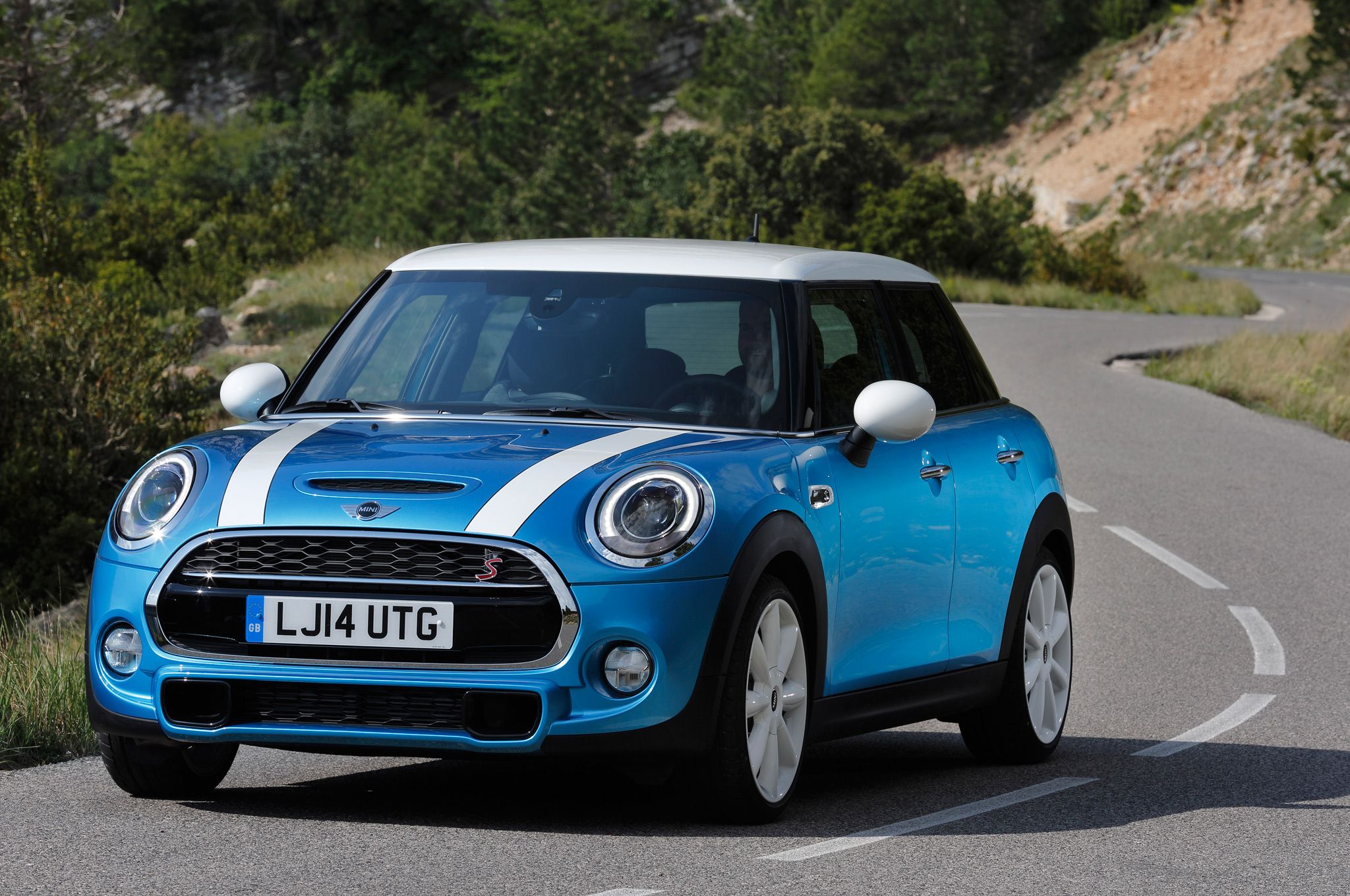
10. **The Mini’s Game-Changing Transverse Layout (1959 Onwards)**
The automotive world was forever changed in 1959 with the launch of the Austin Mini by the British Motor Corporation, a car born from the necessity to respond to the 1956 Suez Crisis and the subsequent boom in compact, economical “bubble cars.” Designed by the brilliant Alec Issigonis, the Mini wasn’t just a small car; it was a revolution in packaging and engineering, pioneering the first production front-wheel-drive car with a water-cooled inline four-cylinder engine mounted transversely. This ingenious layout allowed for an astounding eighty percent of the car’s floor plan to be dedicated to passengers and luggage, a feat unheard of at the time.
The Mini’s innovative design extended beyond its powertrain. Its progressive rate rubber-sprung independent suspension, remarkably low center of gravity, and wheels placed at each corner, combined with radial tires, delivered a massive increase in grip and handling capabilities. This performance surpassed all but the most expensive cars on the market, proving that a small, affordable car could be incredibly agile and fun to drive. Initially, it used flexing rubber at the inboard universal joints of the driveshafts, but later adopted more robust needle rollers and incorporated GKN-designed constant-velocity joints at the outboard ends to facilitate smooth steering movement.
The Mini’s groundbreaking approach effectively “revived the use of front-wheel drive,” which had largely been neglected for mainstream applications since the 1930s. Its compact, efficient, and performance-oriented design provided a compelling blueprint that would be emulated by countless manufacturers for decades to come. The transverse engine, front-wheel-drive configuration, as perfected by the Mini, rapidly became the most common layout for mass-market passenger cars globally, solidifying its place as one of the most influential automotive designs in history.
Car Model Information: 1966 Austin Mini
Sp: uk
Caption: 1959 Morris Mini-Minor (first one built)
Name: Mini
Length: cvt,cvt,cvt
Width: cvt
Height: cvt
Weight: cvt
Wheelbase: cvt,cvt
Assembly: Panmure, New Zealand
Categories: 1960s cars, 1970s cars, 1980s cars, 1990s cars, 2000s cars
Get more information about: Mini
Buying a high-performing used car >>>
Brand: Austin Model: Mini
Price: $58,000 Mileage: 24,000 mi.

11. **The “Giacosa Innovation”: A New Standard Emerges (1960-1975)**
While the Mini undeniably popularized the transverse engine with front-wheel drive, a crucial refinement that would become the industry standard was engineered by Dante Giacosa at Fiat. His work, strategically tested on the Autobianchi Primula in 1964 and fully realized with the Fiat 128, addressed some of the Mini’s limitations. Giacosa’s layout featured a transversely mounted engine alongside an “end-on” transmission, an offset final drive, and unequal-length driveshafts. Critically, this arrangement allowed the engine and gearbox to be located side-by-side without sharing lubricating fluid, a significant improvement over the Mini’s integrated sump design, which often meant disparate lubrication requirements and engine removal for clutch servicing.
The Primula served as Fiat’s test-bed for resolving the inherent disadvantages of this layout, such as uneven side-to-side power transmission, uneven tire wear, and the notorious “torque steer”—the tendency for the engine’s power to pull the car to one side under heavy acceleration. Giacosa’s team largely mitigated torque steer by making the shorter driveshaft solid and the longer one hollow, ensuring roughly equivalent elastic twist in both shafts. This meticulous engineering meant that when the Fiat 128 was released, it offered superior handling and packaging efficiency, consuming only 20% of the vehicle’s volume for mechanical features, a point Fiat proudly highlighted in its advertising.
The “Giacosa layout”—combining a transversely mounted engine with a transmission mounted beside it, an offset final drive, unequal-length driveshafts, MacPherson struts, and an independently located radiator—proved incredibly flexible. Fiat even reconfigured the 128 drivetrain as a mid-engined layout for the Fiat X1/9. This compact and efficient design quickly became common among competitors and is arguably the industry standard for virtually all modern front-wheel-drive vehicles. Its influence extended to numerous manufacturers during this era, including Ford with its European Taunus P4, Lancia with the innovative Flavia and Fulvia, Audi’s distinctive longitudinal layout, Subaru’s flat-4 FWD, and Honda’s burgeoning small FWD models like the Civic and Accord, all contributing to FWD’s irreversible march toward dominance.
Car Model Information: 1979 FIAT 128
Name: Fiat 128
Aka: Nasr (car company)
Manufacturer: Fiat
Production: ubl
Layout: Front-engine, front-wheel-drive layout
Related: Fiat X1/9
Engine: ubl
Transmission: Manual transmission
Wheelbase: 2445 mm
Abbr: on
Length: 3850 mm
Width: 1590 mm
Height: 1340 mm
Weight: convert
Predecessor: Fiat 1100#1100R
Successor: Fiat Ritmo, Fiat Regata
Sp: uk
Categories: 1970s cars, 1980s cars, All articles with bare URLs for citations, All articles with unsourced statements, Articles with bare URLs for citations from March 2022
Get more information about: Fiat 128
Buying a high-performing used car >>>
Brand: Fiat Model: 128
Price: $7,500 Mileage: 41,000 mi.
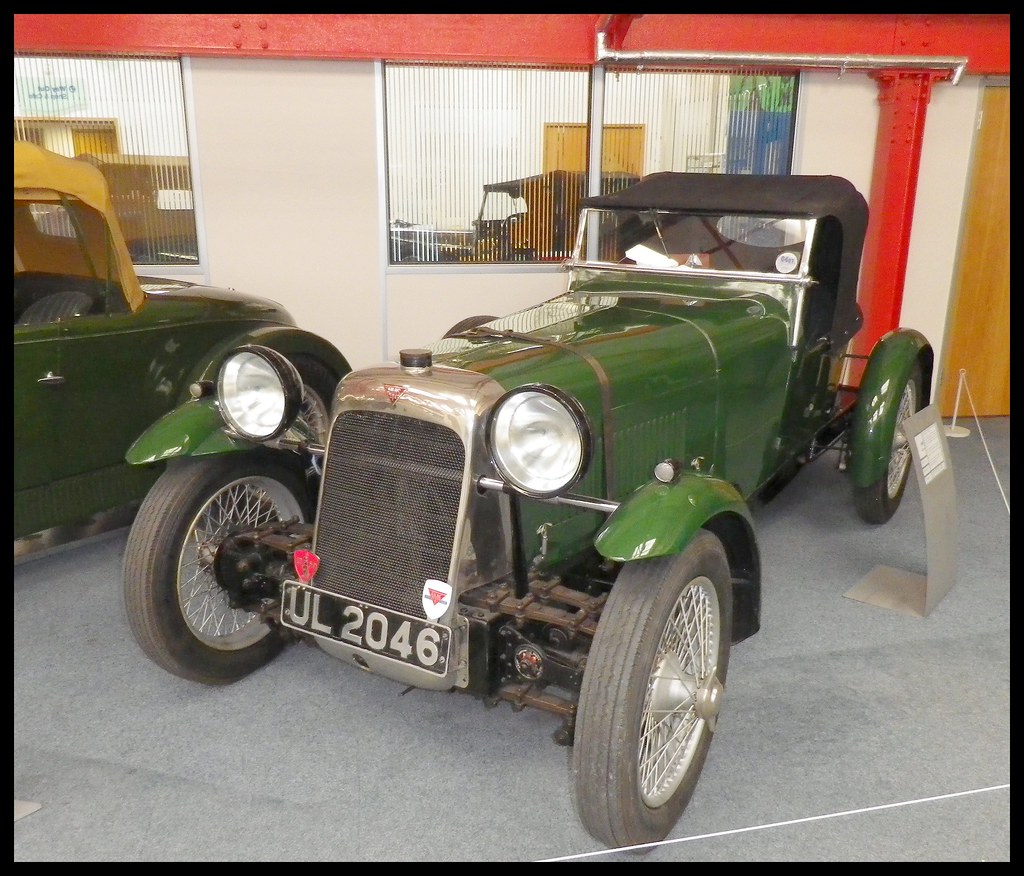
12. **CAFE Standards and Mass Adoption in the U.S. (1975-1990)**
The period between 1975 and 1990 witnessed an unprecedented mass changeover to front-wheel drive in the United States, largely spurred by the implementation of Corporate Average Fuel Economy (CAFE) standards. These regulations pushed American manufacturers to produce more fuel-efficient vehicles, making FWD’s inherent advantages in packaging and weight a compelling solution. The transition began in earnest in 1978 with the introduction of the first American-built transverse-engined cars, the Plymouth Horizon and Dodge Omni, which were based on the European-designed Simca Horizon, signaling a shift in automotive philosophy.
Chevrolet followed suit with the Citation in 1980, and numerous other vehicles soon adopted the FWD layout. Meanwhile, European and Japanese carmakers, many of whom had already embraced FWD decades prior, began to homogenize their engine arrangements, converging on the transversely mounted engine with an “end-on” transmission. This meant that established European layouts like Citroën DS’s longitudinal engine or Renault’s varied configurations began to transition. For example, Renault, Peugeot-Citroen, and Nissan all moved away from more complex “transmission-in-sump” or “suitcase” engine designs towards the more standardized end-on gearbox solution, reflecting a global consensus on optimal FWD design.
The increasing popularity of FWD was undeniable. The Volkswagen Golf, introduced in 1974, along with the 1973 Honda Civic and 1976 Honda Accord, served as a “wake-up call” for the American “Big Three.” By the early 1980s, iconic models like the 1981 Ford Escort, 1982 Nissan Sentra, and 1983 Toyota Corolla were all FWD. The trend extended to mid-sized cars, with the 1982 Chevrolet Celebrity, 1982 Toyota Camry, and 1986 Ford Taurus all adopting the layout. By the mid-1980s, most Japanese models had switched to FWD, and by the mid-1990s, FWD cars dominated the American market, fundamentally reshaping the automotive landscape.
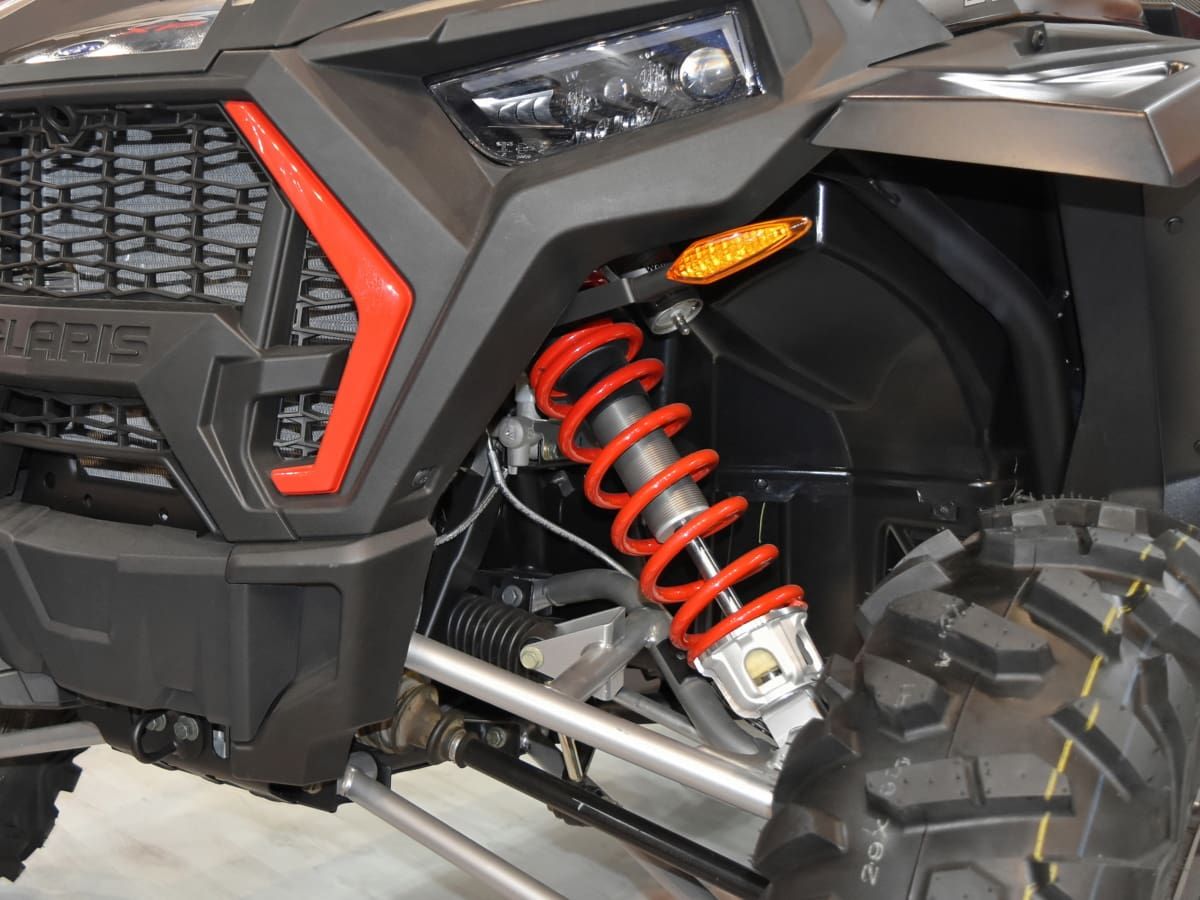
13. **FWD in the Modern Era: Safety and Dominance (1990-Present)**
The contemporary automotive landscape is overwhelmingly defined by front-wheel-drive technology, particularly the configuration pioneered by Dante Giacosa. The vast majority of FWD vehicles today utilize a transversely mounted engine with an “end-on” transmission, driving the front wheels via driveshafts linked by constant velocity (CV) joints, and incorporating a flexibly located, electronically controlled cooling fan. This setup has proven to be the most efficient and space-saving for mass-market passenger cars, becoming an almost universal design principle for urban and family vehicles.
Beyond efficiency and packaging, front-wheel drive offers significant safety advantages. Engineers at Volvo Cars, for instance, have stated that transversely mounted engines allow for a larger crumple zone area in a head-on collision, enhancing occupant protection. This emphasis on safety, combined with improved manufacturing techniques and advanced electronic stability systems, has further cemented FWD’s position as the default choice for millions of drivers worldwide, providing predictable handling and reliable performance in diverse driving conditions.
While American auto manufacturers are seeing a shift of some larger, premium models (such as the Chrysler 300 and certain Cadillacs) back to rear-wheel drive for performance and luxury attributes, FWD remains the dominant layout for the majority of their lineup. By the early 1990s, Chrysler’s entire car line-up was FWD, and by the mid-1990s, most American brands sold only a handful of RWD models. Even Ford’s mass-market automobiles, including the Transit Connect van, manufactured from 2012 to the present, are predominantly front-wheel drive, underscoring its enduring prevalence and the continuous evolution of automotive design.
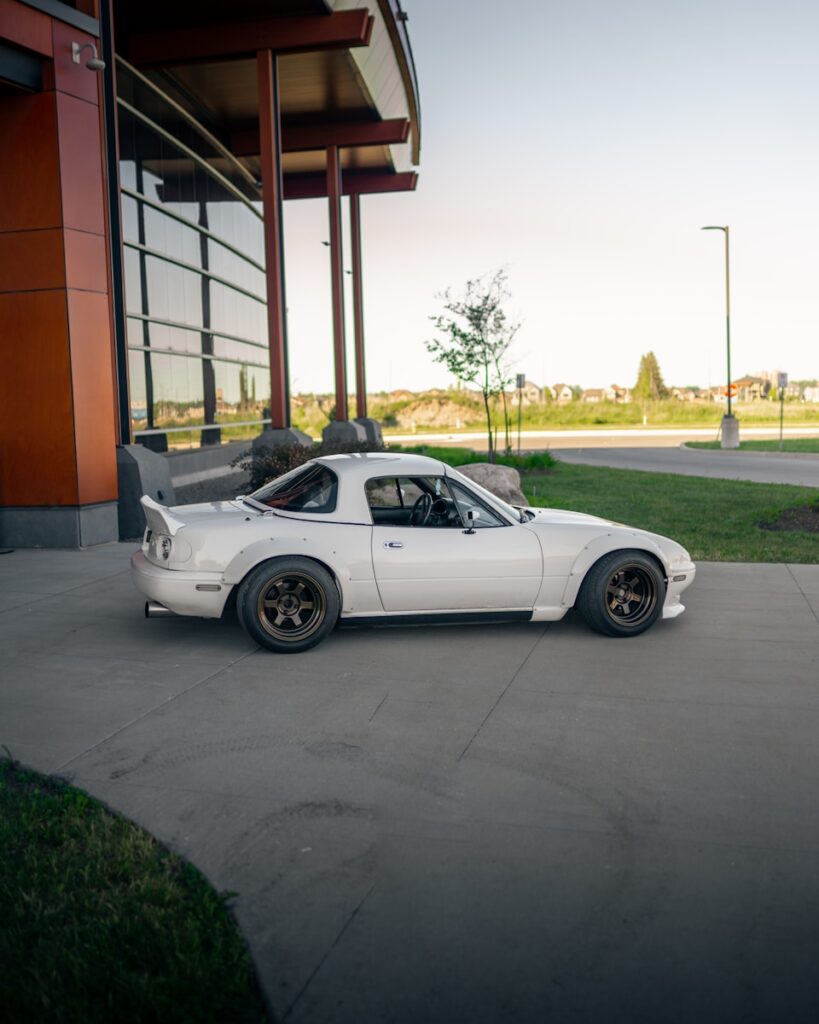
14. **Pushing the Limits: FWD Record Breakers**
Front-wheel drive, despite its association with everyday practicality and efficiency, has also proven its mettle in pushing the boundaries of performance and speed, claiming several impressive records. The Nissan GT-R LM Nismo race car holds the distinction of being the most powerful front-wheel-drive car ever conceived. While initially designed for all-wheel drive with a flywheel system intended to provide additional power to the rear, the car ultimately raced with its combustion engine’s approximately 500 hp (370 kW; 510 PS) solely driving the front wheels due to reliability issues with the flywheel system, cementing its FWD power record.
In the realm of street-legal production cars, the 1970 Oldsmobile Toronado remains a formidable presence, holding the title for the most powerful FWD production vehicle. Equipped with the W-34 option, this classic American muscle car produced a staggering 400 hp (298 kW) from its V8 engine, demonstrating that FWD was capable of handling significant power even in earlier iterations. More recently, a production Dodge Neon SRT-4, modified by RaceDeck Racing, shattered a land speed record in its class at the Bonneville Salt Flats in 2006, achieving an average speed of 221 mph (356 km/h) over a five-mile course.
The agility and performance of modern FWD platforms are perhaps best showcased on the racetrack. On April 3, 2017, the 5th-generation Honda Civic Type R set a new benchmark for front-wheel-drive cars at the legendary Nürburgring Nordschleife with a lap time of 7:43.80, almost 7 seconds faster than its predecessor. This record was further extended with new FWD lap records at multiple circuits including Magny-Cours, Spa-Francorchamps, and Silverstone. Although the Renault Mégane RS Trophy-R briefly took the Nürburgring record in 2019, the Limited Edition Civic Type R reclaimed a significant FWD lap record at the Suzuka Circuit in 2020, solidifying the continuous pursuit of performance excellence within front-wheel-drive engineering.
Car Model Information: 2023 Audi Q5 45 S line quattro Premium
CarName: Nissan GT-R LM Nismo
Caption: 2015 24 Hours of Le Mans
Category: Le Mans Prototype
Constructor: Nissan
Designer: Ben Bowlby
Chassis: Carbon-fiber-reinforced polymer
FrontSuspension: Independent suspension
RearSuspension: Independent suspension
Width: 1900 mm
Abbr: off
Height: 1030 mm
Length: 4645 mm
Weight: 880 kg
EngineName: Nismo
Capacity: 3.0 L
Configuration: V6 engine
EnginePosition: longitudinal engine, front mid-engine, front-wheel-drive layout
GearboxName: Xtrac
Gears: five-speed
Type: sequential manual transmission
Differential: limited-slip differential
Tires: Michelin
Fuel: Shell V-Power
Lubricants: Motul (company)
Debut: 2015 24 Hours of Le Mans
LastEvent: 2015 24 Hours of Le Mans
Races: 1
Wins: 0
Poles: 0
FastestLaps: 0
Categories: 24 Hours of Le Mans race cars, Articles with short description, CS1 Dutch-language sources (nl), Commons category link from Wikidata, Front-wheel-drive sports cars
Get more information about: Nissan GT-R LM Nismo
Buying a high-performing used car >>>
Brand: Nissan Model: GT-R LM Nismo
Price: $27,499 Mileage: 45,786 mi.
From its audacious early experiments to its present-day ubiquity, the journey of front-wheel drive is a compelling narrative of human ingenuity and relentless innovation. What began as a radical, often challenging concept has evolved into the cornerstone of modern automotive design, underpinning the performance, efficiency, and safety of countless vehicles worldwide. The story of FWD is far from over; as electric powertrains and autonomous technologies redefine the future of mobility, engineers will undoubtedly continue to push the boundaries of this remarkable drivetrain, ensuring its legacy endures and continues to shape how we move forward, one front-driven wheel at a time.

